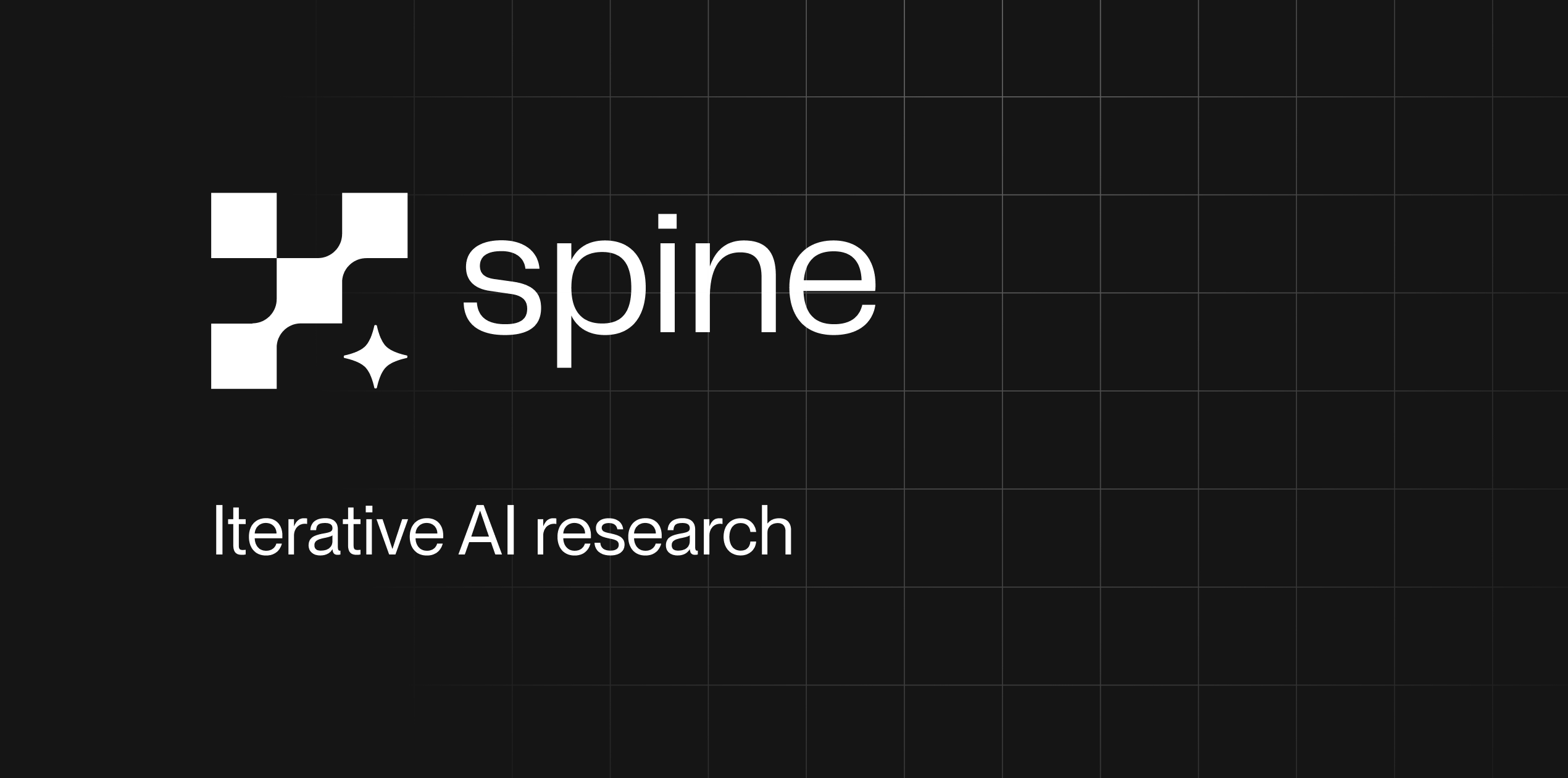Table of Contents
Overview
In today’s fast-paced world, efficient and thorough research is paramount. Spine Research emerges as a powerful AI-driven platform designed to empower professionals with the ability to generate and refine comprehensive research reports. Unlike generic AI tools, Spine Research puts you in the driver’s seat, allowing you to curate your sources and iteratively shape your analysis to meet your specific needs. Let’s dive into what makes Spine Research a compelling option for serious researchers.Key Features
Spine Research boasts a suite of features designed to streamline and enhance the research process:- User-defined source selection (websites, papers, documents): Take control of your research by selecting the exact sources you want the AI to analyze, including websites, academic papers, and even your own private documents.
- Iterative research and editing within an integrated editor: Refine your research in real-time with Spine Research’s built-in editor. This allows for dynamic adjustments and in-depth analysis as you uncover new insights.
- Integration of private documents into the research process: Seamlessly incorporate your own proprietary data and documents into your research, ensuring a comprehensive and tailored analysis.
- Compatibility with various LLMs, including OpenAI, Claude, and Gemini: Leverage the power of multiple large language models to find the best fit for your research needs.
- Rapid generation of comprehensive, actionable reports: Quickly transform your research into polished, insightful reports that are ready to be shared and acted upon.
How It Works
Spine Research simplifies the research process into a few intuitive steps. It all starts with a prompt. Users initiate research by providing a clear prompt outlining their research objective and then selecting the specific sources they want the AI to draw from. Spine Research then generates an editable outline, providing a structured framework for the report. Users can refine this outline to align with their specific requirements. Finally, the platform synthesizes information from the chosen sources, populating the outline with relevant insights. The integrated editor allows for iterative editing and enhancement, ensuring the final report is polished and insightful.Use Cases
Spine Research’s versatility makes it suitable for a wide range of applications:- Market analysis and competitive intelligence: Gain a deeper understanding of market trends and competitor strategies by analyzing relevant data and reports.
- Academic research and literature reviews: Streamline the literature review process and identify key insights from academic papers.
- Investment research and due diligence: Conduct thorough due diligence and make informed investment decisions based on comprehensive research.
- Policy analysis and strategic planning: Develop effective policies and strategies based on in-depth analysis of relevant data and research.
Pros & Cons
Like any tool, Spine Research has its strengths and weaknesses. Let’s weigh the advantages and disadvantages:Advantages
- High degree of user control over sources and content, ensuring relevant and reliable results.
- Supports integration of private documents, allowing for a more comprehensive and tailored analysis.
- Facilitates iterative, in-depth research, enabling users to refine their analysis as they uncover new insights.
Disadvantages
- May require a learning curve for optimal use, particularly for users unfamiliar with AI-powered research tools.
- Detailed pricing information not publicly available, requiring users to contact the company for a quote.

